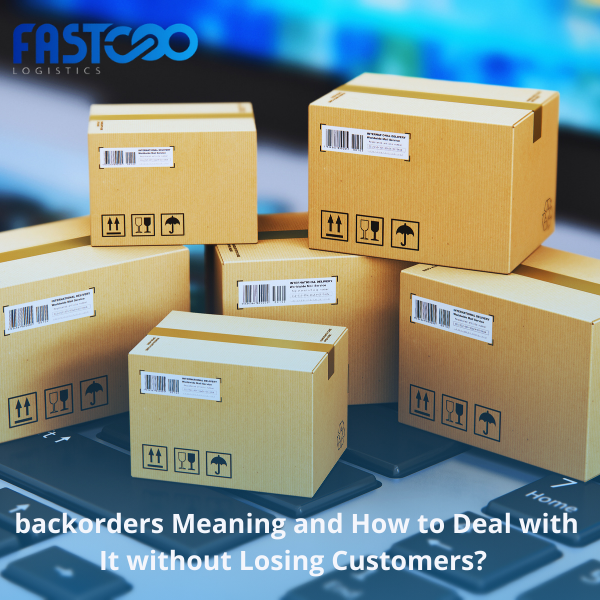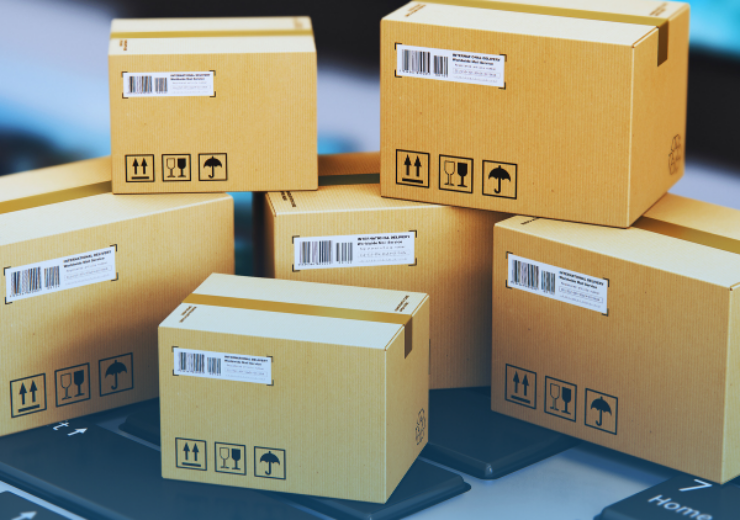backorders Meaning and How to Deal with It without Losing Customers?

There are many terms that you may encounter while doing e-commerce, which you will need to have a good understanding of in order to be able to deal with them easily, and one of those terms is Backorders, especially since it is one of the most common terms that appear in e-commerce business, and in this article Together, we will learn in detail about what is meant by backorder, how to deal with it, as well as what are the most important factors that lead to the occurrence of backorders and how to get rid of them.
What is backorders meaning?
Backorders mean an order for a good or service that cannot currently be filled due to lack of stock levels, and this is very common in e-commerce.
Backorders can also occur on physical products, where backorder occur on products that you don’t keep in your warehouse, but are still available from suppliers.
What Causes Backorders?
As for the reasons that may result in backorders, they are numerous, and they can occur despite the presence of a good organization of your supply chain management.
The following are the most common reasons that may result in the occurrence of backorder:
1. Unexpected orders
Unexpected orders can lead to backorder, as sometimes your demand exceeds your usual customer demand levels.
And when your orders rise, you may not have enough stock to meet that increased demand from customers, so customers have to wait for their products.
2. Low levels of buffer stock
The second cause of backorders is low levels of stockpiling, as this stock helps you store items that may be in high demand at random.
Thus getting the best delivery time from your supply chain at some point and in the absence of buffer stock this increases the possibility of exposure to backorder
3. Supplier problems
One of the most common causes of backorders is problems with the suppliers themselves, which make it difficult to ensure timely supply of inventory.
Thus you will need to think carefully about how you will support your customers if your inventory does not rise to fit orders due to issues with your suppliers.
How Backorders Affect Supply Chains?
Backorders have a significant impact on supply chains. In general, backorder increase costs for supply chains.
As it places additional burdens on suppliers, when fulfilling this type of demand, suppliers will need to purchase additional inventory.
This is in the case that there is not enough stock to meet those demands, and thus the burden will be transferred to the supply chains.
How long do backorders take?
As for the time it takes for Backorder, it varies according to other factors, such as the availability of those orders with your supplier, or the amount of time it takes to ship those orders to your warehouse.
And other factors, so we can’t say exactly how long Backorder will take, but of course you’ll need to communicate clearly with customers and indicate how long they expect to receive their products.
Don’t lose your customers due to backorders
Backorders can cause you to lose a large number of customers, so you need to manage your backorder so that you do not lose customers because of it.
One of the best ways is to thank customers for their patience, for example, by guaranteeing them a free item in their order.
Say goodbye to backorders and get up Track Stock and Manage Backorders with LOGSTIAT
LOGSTIAT can provide you with distinguished services that help you in facing backorder, through Delivery Management Software, the most important of which are four steps to complete the order process, in a time not exceeding 180 seconds for each order.
As well as creating promotions for your customers, printing bills of lading for each order, in addition to managing operations and orders, as well as INVENTORY MANAGEMENT SYSTEM in the best possible way.f




